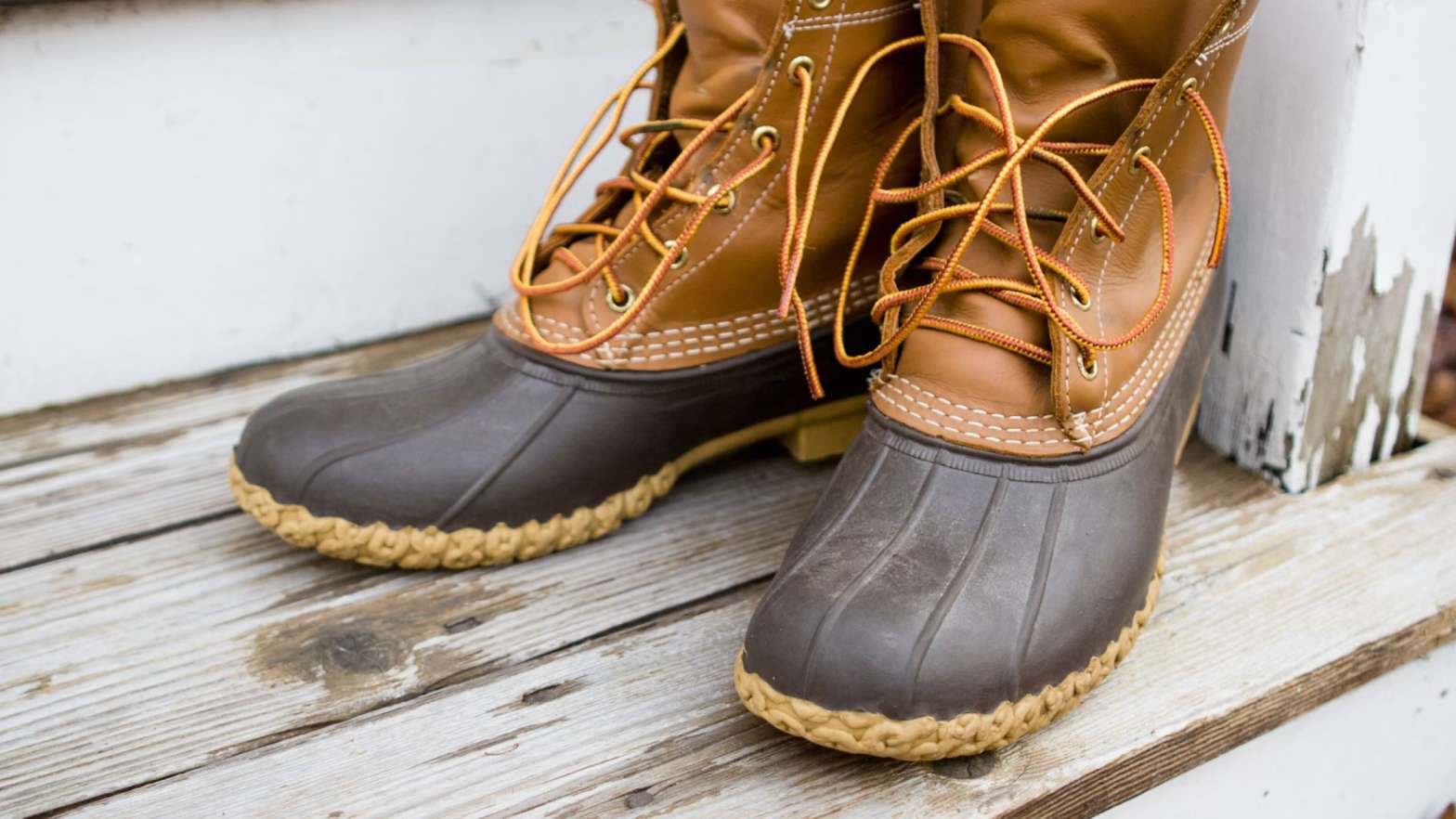There are many ways to hunt various animals, but we will not delve into the habits of specific fauna inhabitants. Let’s focus on the basics: running and sit-down hunting. Even with such introductions, you can get lost in the assortment. But in reality, it turns out that certain conditions and requirements must be addressed; otherwise, you can harm not only the animal but also yourself. With the help of our guide, you will understand the principles by which you should choose footwear for your type of hunting.
Shoes for Walking Hunting
Walking hunting is also a sport. We think that the process here is more important than the final production. In the process, there are kilometers and kilometers of distance. It means that the tests for the legs will be very real, and they must be passed with more than dignity (literally and figuratively).
The first key point to consider when choosing shoes for hunting is vapor conductivity. The further and longer you walk, the more your feet will sweat. Vapor conductivity is responsible for removing natural body moisture. Sweat is transferred to the lining of the shoe or boot, distributed over its surface, and evaporates there. As a result, the feet remain dry.
The second point is the reliable fixation of the leg. The natural terrain is also a testing ground for dislocations, sprains, and bruises. A special hunting boots design in which the foot sits directly under a seat belt helps minimize the risk of getting them.
Finally, thirdly, the sole is extremely important. It must perform equally reliably on dry and wet surfaces and withstand impacts and minor punctures. Trekking shoes fit all requirements. They are designed for multi-day hikes, where the same problems are solved as during walking hunting. Of course, trekking boots are an average, not a universal option. They are not a replacement for swamp boots or high rubber boots, but they cope with many hunting risks.
Criteria to Consider
When looking for boots for walking hunting, remember the following criteria.
- Ankle support is very important since rough terrain requires confident foot placement. You’ve probably seen experienced hunters wear their favorite swamp boots all their lives, and you don’t know grief; no troubles happen to them. However, few people understand that a person who has walked in such shoes all his life has trained their ligaments and muscles so much that they are not afraid to twist his leg; he has it in a muscular corset that protects him from injury. But for urban hunters, everything is different. We don’t have a culture of walking in the forest. Slipping slightly on a wet stone or a stick overgrown with moss, we risk pulling a tendon and simply having to end the hunt, so we protect ourselves with good shoes that will help us fix the ankle.
- The most important criterion is protection from moisture. The off-season always means water, and very cold water at that, so waterproof material for shoes is probably the only alternative. You can use shoes with GORE-TEX, but you must understand that even a good membrane will not be enough if you hunt for more than three days. If exposed to constant humidity, the membrane will sooner or later fail. And if you put water in an ordinary rubber boot, pour the water out of it and dry it carefully by the fire or with a neighbor in a sleeping bag (also no less carefully), the next morning, you will be the happy owner of dry shoes. But this won’t work with a membrane since it takes a long and painful time to dry it, and not in the field when you have to jump up in the morning and run to perform another feat. Therefore, do not take shoes with a membrane if your hunt is long and expectedly wet.
- The sole is responsible for the grip on the surface. You want a fairly aggressive tread that doesn’t slip through mud, absorbs any bumps, and is flexible enough to allow your feet to walk comfortably on rough terrain for long periods. For example, thanks to the pattern and tread structure, the famous Vibram sole does not slip and practically does not become clogged with dirt. All tread elements are located sufficiently far from each other and inclined in different directions, allowing you to maintain maximum stability.
Ambush Hunting Boots
Sedentary hunting is the exact opposite of walking hunting. Having reached the treasured place, you are left to solitude and nature and hours of patient waiting.
Shoes for blind hunting have no specific requirements. Vapor conductivity is still important because your feet will sweat anyway. Otherwise, everything is individual since the question depends on weather, natural conditions, and personal comfort.
If you like the same trekking boots, then that would be great. If you want something simpler, this is also justified: for example, look at the TideWe assortment. However, when it comes to winter hunting, the main rule applies: the warmer, the better. Finding good winter shoes is difficult. Cold weather can disappoint you in expensive boots since sometimes they cannot withstand the declared -50 degrees.
Criteria to Consider
When choosing your boots, remember the key features of this type of hunting.
- Warmth. Even though winter is over, this does not mean that we do not need insulation in our shoes. Waiting for a long time in cold shoes will lead to freezing, so spring shoes should still have insulation even if the frosts are already behind you.
- The leg should not be rigidly fixed. After all, you will have to practically not move for quite a long time, so the shoes should be comfortable on your feet, not overtighten your shin so that your limbs do not become numb due to impaired blood circulation. Again, boots work well here, unlike boots, especially high ones, where the leg becomes unmaneuverable and difficult to bend.
- Leave room for a warm sock. It’s not so often that you get purely moving or static hunts. Most often, we alternate between these types of activities, so it is good if we have the opportunity to put on warm socks when we arrive at the place and prepare to wait.
Conclusion
Knowing the characteristics of your type of hunting, you can choose footwear according to your conditions and tastes. The main thing is to consider the specifics of the upcoming hunt. In walking hunting, steam conductivity, reliable foot support, and a sole with good grip are important. Hiking boots will do. In ambush hunting, it is important not to freeze. You shouldn’t forget about steam conductivity, either. Warm boots will do. If you hunt in the summer, consider the weight of the boots and their properties. Comfortable and lightweight shoes are suitable.












